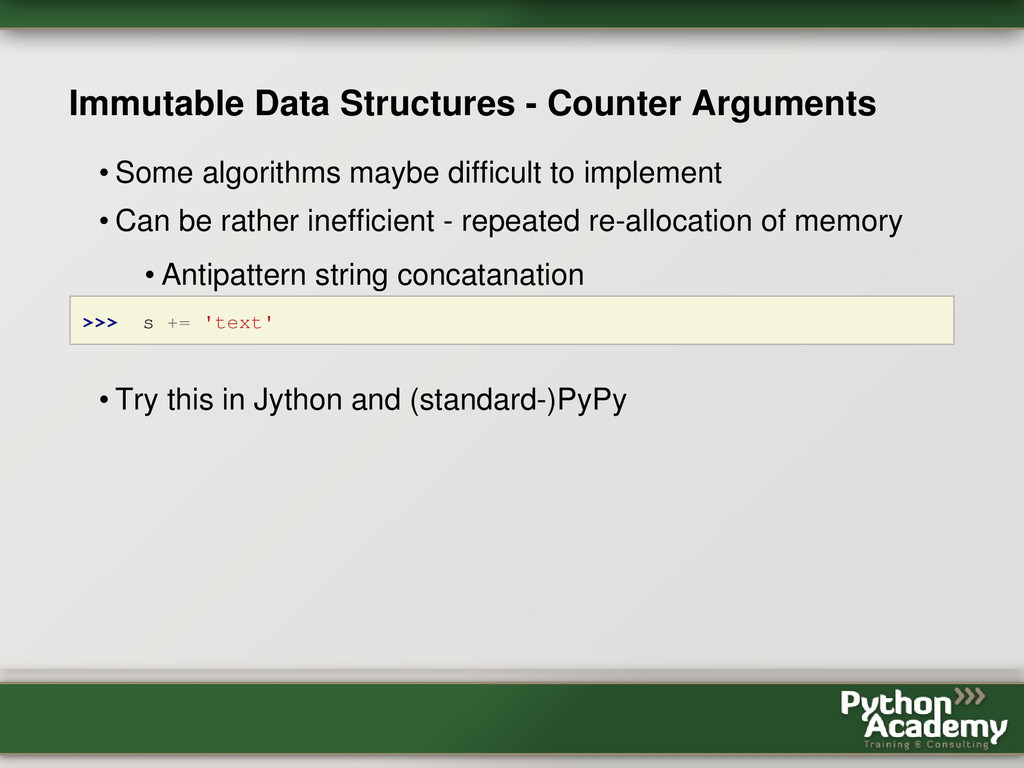
#Izip python to string zip#
The Python zip function returns an iterator of tuples. Thus, the interator1, itertaor2, iterator3, etc., are the parameters of the Python zip () function. The parameters that are passed in the zip () function are iterator objects that are to be joined together. There can be zero or more than zero iterables used in a Python zip () function. Thus, with the zip () function, one can convert the iterables in the form of a tuple. Syntax of a Python zip zip (iterator1, iterator2, iterator3, …) If the length of the passed iterators that form the terms of the tuple is different, then the length of the new iterator is defined by the one that contains the least item. Using the zip (), the tuple that is created contains the items which are created when each passed iterator is paired together. Thus, data types such as lists, strings, tuples, etc., are iterables. Thus, these objects return data upon iteration one at a time and can be called an iterator if you can receive an iterator from it. Iterators in Python are objects that can be iterated. A built-in function can be called anywhere in the code. A function is a set of instructions that returns a value.

Zip () is a built-in function provided in Python. The data items stored in a tuple are separated by a comma (,).

The data stored in a tuple is ordered and mutable, that is, it can be changed once the tuple has been created.

A tuple is a data type in Python that is used to store the collection of data in a single variable. Python zip function returns a zip object that is an iterator of tuples.


 0 kommentar(er)
0 kommentar(er)
